I don’t need to say it, but John Steinbeck’s writing is masterful. It’s like engaging in a master class in writing. He does break all the rules, and I’m only saying this because it’s how it feels: this book was written by the seat of his pants. It seems to be the work of a pantser from a construction point of view. I didn’t get the sense that there was a great deal of planning in the structure. One idea flows into another and then loops back and weaves together.
Woven throughout are what appear to be autobiographical references. Right from the opening paragraphs he writes in the first person. And then in the fifth chapter he writes about “Olive, my mother.” I have not done the research to know whether or not he actually was writing about his family or if it was just another author’s conceit of bringing reality to the fiction. So the words wander from fiction to apparent reality.
I wanted to read a tale of a truly evil person, but I got the sense that Steinbeck might have been a bit afraid of Cathy Ames. To achieve the true nature of a character, the author has to bring the persona into themselves. Cathy is evil. She starts killing with her parents in childhood and she kills a number of other people throughout the novel, but it seemed to me that Steinbeck didn’t like writing about her. She is a necessary component to the plot, but Lee, Adam Trask’s servant/companion is more developed, substantive, and powerful.
Steinbeck provides a masterful appreciation of the the mistreatment of Chinese immigrants embodied in Lee’s character - right from his shifting Pidgin/English form of speech to the shaving of his pigtail to the remarkable wisdom of his philosophy of life.
Looking for the traditional protagonist/antagonist conflict is a challenge in this book. Once again, Steinbeck breaks the rules. Who is the protagonist in this story? Adam Trask seems to shoulder the role, carrying through from beginning to end. But I can also say that Adam or his soul is the antagonist as well, the element that he is fighting against.
There are a myriad of sub-scenes and character portrayals that paint the colors around the story but do not always impact the movement of the plot.
Steinbeck’s dialog structure is also unique. It is abrupt with few tags to smooth out the changes and it occasionally seems almost innocent or childish in structure which gives it unusual immediacy.
East of Eden is obviously a classic and one that will move to my ‘best books’ shelf as soon as I buy a paper copy.

